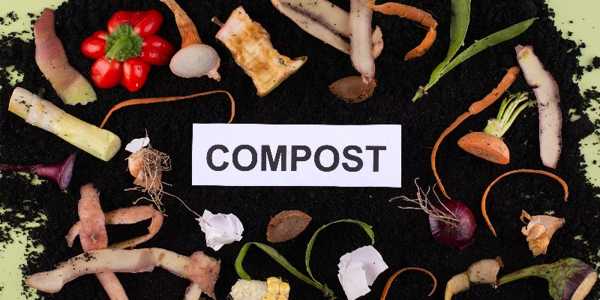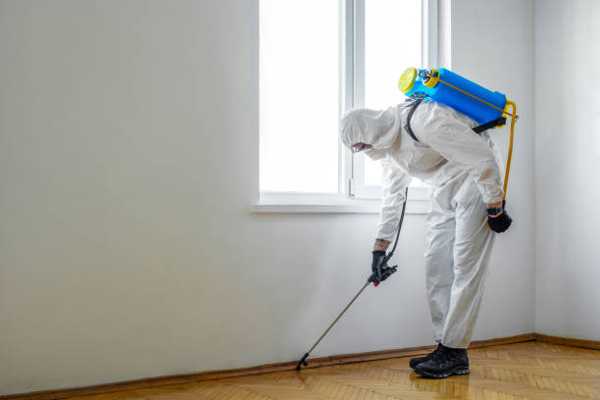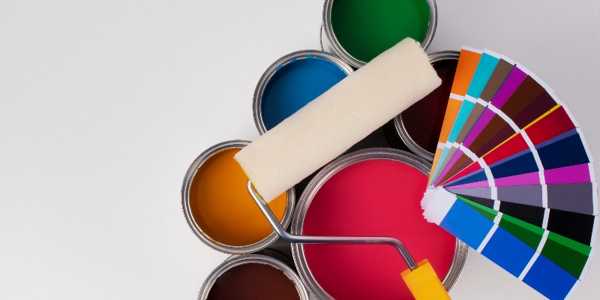Mother & baby
5 Sensory Play Ideas to Boost Your Toddler's Brain
As a parent, you constantly seek ways to help your toddler develop. Sensory play offers a potent tool to enhance your little one’s cognitive development while having fun together.
As a parent, you constantly seek ways to help your toddler develop. Sensory play offers a potent tool to enhance your little one’s cognitive development while having fun together. Because these activities engage several senses simultaneously, they help your child learn about the world and create necessary neural connections within her brain. It’s incredible how squishy textures and bright colors will intrigue your child and foster learning through play. You’ll be surprised to see how ordinary household items become tickets to enhanced brain development.
The Significance of Sensory Play to Toddlers
Engaging the Five Senses
Sensory play is an important part of any toddler’s cognitive development. It stimulates all five senses: touching, seeing, hearing, smelling, and tasting. When children engage in sensory activities, they are not just playing—they are building neural connections that will form the foundation of all future learning.
Enhancing Brain Development
Through sensory play, a toddler processes and responds to the various stimuli that surround him. As such, it lays a good foundation for problem-solving, fine motor skills, and even the understanding of languages. As they explore texture, color, sound, and smell, they strengthen the synapses in the brain, which are crucial for their capacity for learning and adaptation.
Fostering Emotional Growth
Sensory activities also play a role in emotional development. They can be effective in releasing stress and helping preschoolers build focus and self-esteem. As children continue to play with different sensory materials, they learn to self-regulate their emotions and gain a sense of control over their surroundings.
Curiosity and Creativity
Different sensory experiences will let parents spur their toddler’s innate curiosity. This will drive his creativity and imagination, which are crucial for future success. Sensory play helps children question, predict, and critically view their immediate environment.
5 Captivating Sensory Play Ideas to Boost Kids Brain Development
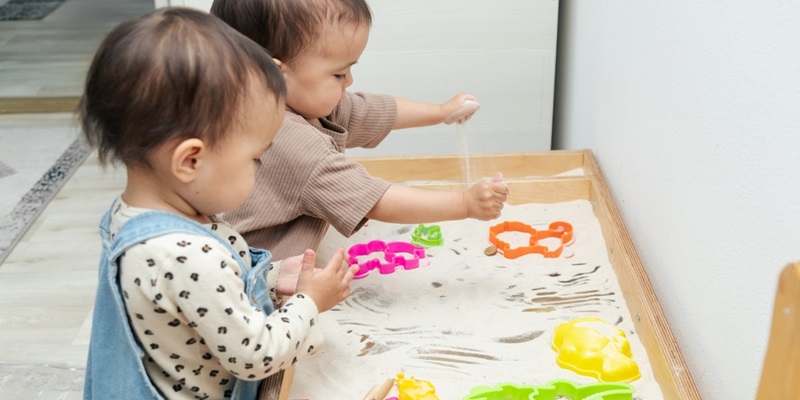
Sensory play is one of the best ways to engage your toddler and build his developing brain. Here are five exciting activities to mesmerize your little one and help the brain grow.
1. Colorful Rice Bin
Make a colorful bin by dyeing rice in different colors. Pour the rainbow rice into a container and give scoops, funnels, and small toys. This is a great way to work on fine motor control and color recognition and is also great for creative imagination.
2. Scented Playdough
Homemade playdough with natural scents, such as lavender or lemon, is a great multisensory activity. Kneading, rolling, and shaping this dough helps build up the hand muscles and introduces creative, imaginative play.
3. Texture Walk
Set up a textured sensory walk using various materials such as bubble wrap, felt, sandpaper, and foam. Take your toddler through the walk barefoot and describe the sensation. This will give them a good dose of language development and an introduction to sensory processing.
4. Water Xylophone
Take glass jars and fill each with a different amount of water. Add food coloring to each jar. Let your toddler take a spoon and hit the jars to create various musical notes. INTRODUCE CAUSE AND EFFECT AND AUDITORY DISCRIMINATION
5. Nature Sensory Bag
Gather the following natural things during a walk: leaves, flowers, and pebbles. Then, put them in a clear, sealable bag with hair gel. This is a mess-free sensory bag in which your toddler can safely touch the textures of nature while developing her observation skills.
How to Integrate Sensory Play into Your Toddler’s Day?
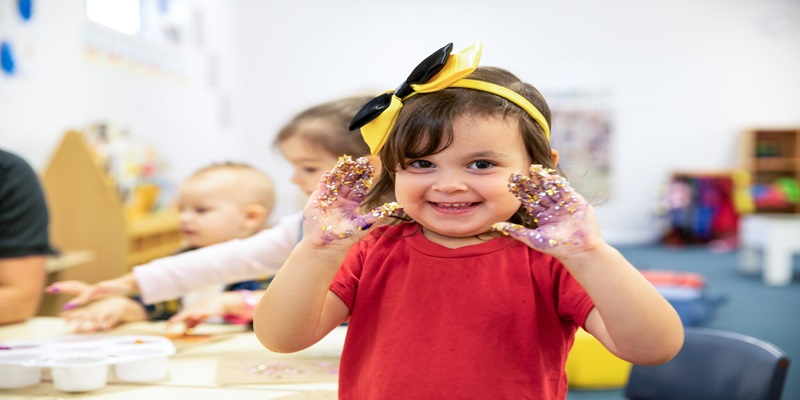
Let’s Create a Sensory Setting
Your home has turned into a little playground full of sensory stimuli. Right at your toddler’s fingertips: set up texture rugs, cushions, and toys; hang up wind chimes or colorful mobiles to provoke eyesight and hearing; prepare a box of everyday safe things featuring different textures for your toddler to feel.
Schedule Sensory Activities Day by Day
Let’s share a specific part of the day to play with our senses. Taking 15 minutes daily, in the morning or before sleep, is okay. Predictability will help your toddler wait for such an activity and prepare for a more captivating time.
Rotate Sensory Materials
Keep things fresh and exciting by regularly switching out sensory materials. For example, one week, stay with water play. The next, introduce sand or kinetic sand. This variety will keep your toddler’s interest and expose them to various sensory experiences.
Follow Your Toddler's Lead
Observe what activities interest your child the most. Some may like to squelch playdough, while others want to pour and scoop. Adapt your sensory play according to their liking, but show them other things so they don’t limit their sensory experiences.
Tips for Setting up Engaging Sensory Stations at Home
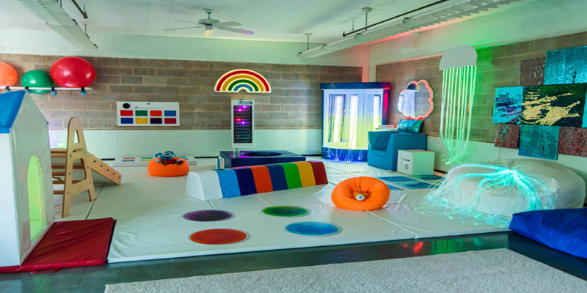
Create Dedicated Sensory Spaces
Transform a corner of your home into a sensory haven for your toddler. Choose a quiet area with good lighting and easy-to-clean surfaces. Use low shelves or baskets to organize materials, making them easily accessible to your little one. Consider using a washable mat or tarp to contain messes and simplify clean-up.
Rotate Materials Regularly
Keep your toddler’s interest piqued by rotating sensory materials every couple of weeks. This will not only keep things new and fresh but also introduce new textures, sounds, and experiences. Mix natural items, like leaves or pebbles, with manufactured items, like buttons or foam shapes. Always supervise your child in case small objects pose a choking hazard.
Multisensory Activities
Create stations that stimulate several senses simultaneously. For example, a “touch and smell” station may include scented playdough, while a “sight and sound” section might consist of various colorful musical instruments. In this way, multisensory experiences strengthen cognitive connections and improve overall brain development.
Open-Ended Activities
Offer activities that allow for creative play. Instead of prescribing specific activities, provide open-ended products like sand, water, or modeling clay. This fosters creativity, problem-solving, and independent thinking. Again, there is no right or wrong regarding how your toddler approaches their sensory materials; go at their pace!
Nurturing Your Toddler’s Senses: A Holistic Approach
As you dive deeper into each of these sensory play activities with your toddler, you are investing in the learning and development they need throughout their lives. More importantly, spending time together is about quality, not perfection. Your child will be all for any attention and stimulation through loving. In this way, you give your toddler many opportunities to practice connecting to the world around them through sensory activities embedded in daily routine, developing neural connections, and creating various essential skills.
How do you like this article?





 Latest Posts
Latest Posts


